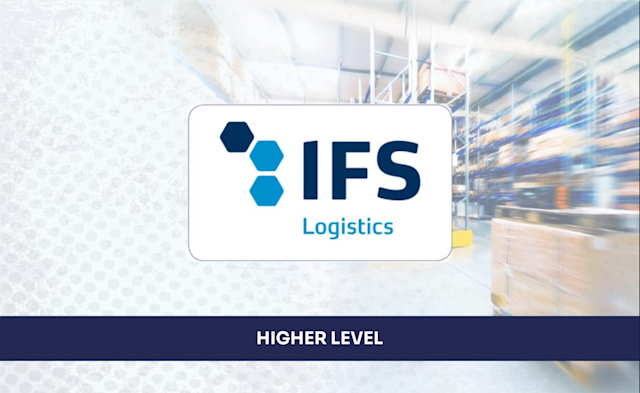
17th June 2021
14th May 2024
Discover everything about the cold chain for food, the essential HACCP regulations, and how to manage disruption risks. Read our comprehensive guide to maintaining the quality and safety of your products.
Index:
1. What is the cold chain?
2. How long does the cold chain last?
3. When can the cold chain be interrupted?
The cold chain is a critical aspect in food management, ensuring that products such as meat, fish, fruits, and vegetables maintain their freshness from producer to consumer. This process requires careful temperature control to avoid food spoilage and the proliferation of dangerous bacteria.
The cold chain ensures that food remains at an appropriate temperature throughout the transportation and storage process. Its importance is crucial not only for quality but also for food safety, complying with HACCP regulations (Hazard Analysis and Critical Control Points).
HACCP regulations are a preventive system to ensure food safety. In managing the cold chain, specific critical points must be constantly monitored to prevent risks that could compromise consumer health.
Managing the risks of cold chain disruption requires a robust plan that includes backup generators, temperature sensors, and an efficient alarm system to report any deviations from the required temperatures.
The cold chain refers to the process of keeping food at low temperatures necessary to prevent deterioration during transportation and storage.
The duration of the cold chain may vary depending on the type of food and the conditions of transportation and storage, but it must be maintained until the final point of sale.
Interruptions can occur in case of refrigeration system failures, during food transfer, or if storage doors remain open for too long.
Want to ensure that your cold chain is managed impeccably? Contact us and request a quote for our advanced storage and food management solutions!
